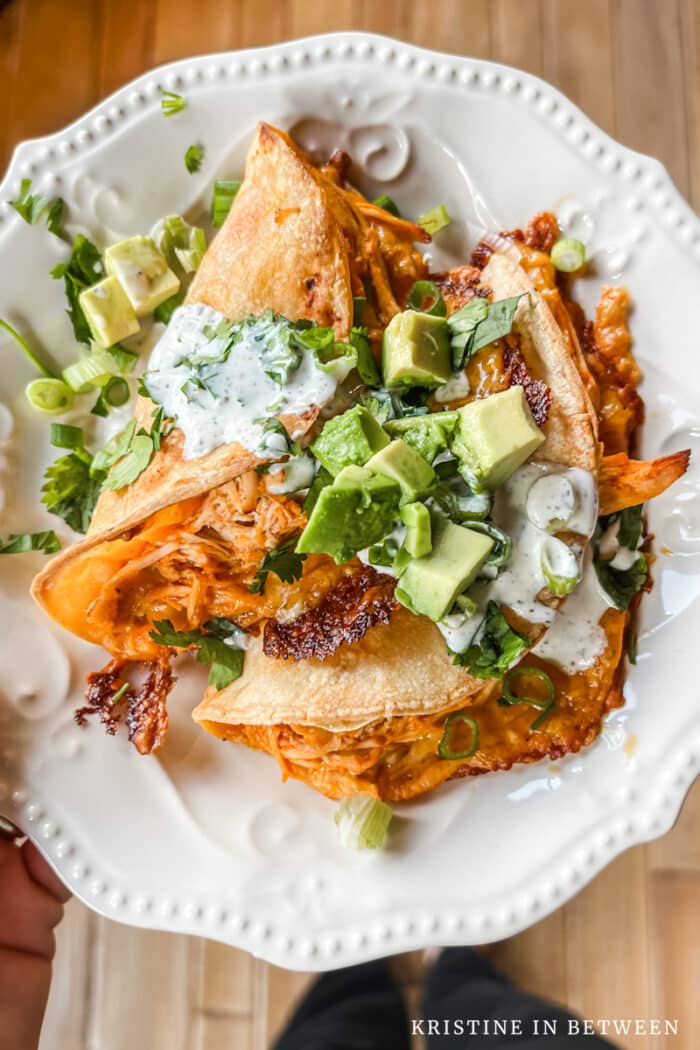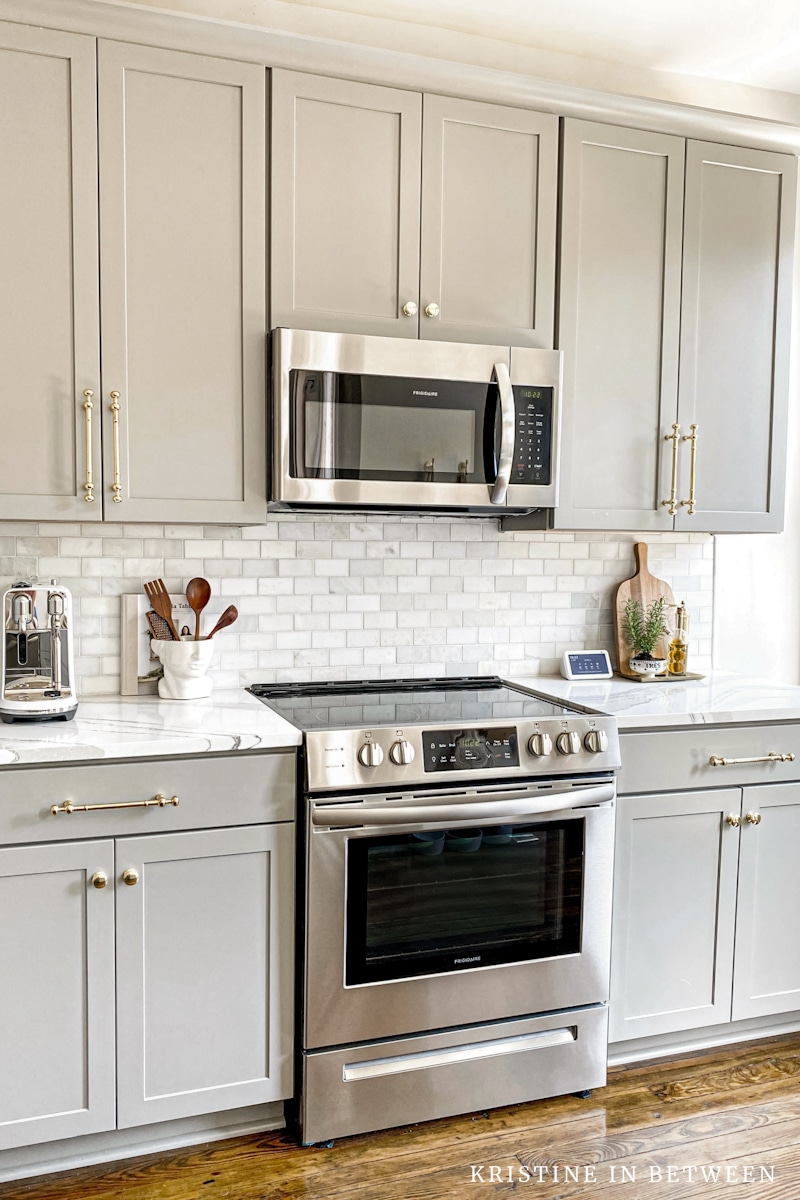Convection Baking Versus Regular Baking
This post contains affiliate links and we make a small commission for purchases made using these links.
The baking question of the day is, “should I opt for a convection baking or should I stick with the trusty old regular oven?” Well, today we’re going to cover just that. We’re talking all about ovens and convection baking versus regular baking.
There are some pretty significant differences between these two baking methods and it’s important to know what each oven does, so you can make the right choice for every recipe.

download our free
Meal Planner & Grocery List
dinner made easy
So, What’s the Difference Between These Two Methods?
To understand the distinction between convection baking and a regular oven, let’s break down the fundamentals.
Regular Oven:
The trusty old regular oven, also known as a conventional oven, is a staple in most kitchens. It relies on natural conduction to transfer heat from its heating elements to the food being cooked. This process heats the air inside the oven, which, in turn, cooks your food.
Convection Oven:
On the other hand, a convection oven boasts an added feature – a fan. This fan circulates hot air evenly throughout the oven, ensuring that the heat reaches every nook and cranny of your oven (and food). This even distribution of heat results in faster and more consistent cooking.

Do you love this post?
Share it on Pinterest
The Pros and Cons
Now that we’ve got the basics down, let’s talk about the advantages and drawbacks of each method.
Regular Oven:
Pros:
- Familiarity. Most home cooks are well-acquainted with regular ovens, making them easy to use and readily available (everyone has one).
- Ideal for delicate dishes. Regular ovens are perfect for baking items like soufflés and custards, where precise temperature control is crucial.
- Browning and caramelization. Conventional ovens excel at giving your dishes a beautifully browned and caramelized exterior, since the heating element is at the top.
Cons:
- Uneven cooking. Without the aid of a fan, regular ovens may result in uneven cooking, particularly when you overcrowd the oven with multiple dishes (the majority of conventional ovens have hot and cold spots – get to know your oven).
- Longer cook times. Due to the uneven heat distribution, regular ovens might require longer cooking times, which can be a hassle when you’re in a hurry.
- Energy consumption. Conventional ovens tend to consume more energy because of their extended cooking times.
Convection Oven:
Pros:
- Even cooking. The fan in convection ovens ensures uniform heat distribution, eliminating hot spots and cold pockets.
- Faster cooking. Thanks to the efficient circulation of hot air, convection ovens often reduce cooking times, making them a time-saver.
- Energy efficiency. Shorter cooking times mean lower energy consumption, saving you money in the long run.
Cons:
- Learning curve. If you’re new to convection baking, it may take some time to get used to the different cooking times and temperatures required. You’ll need to adjust recipes that were developed using a conventional oven or you’ll over-cook your food.
- Not suitable for all recipes. Some delicate recipes may not fare well in a convection oven, as the fan’s airflow can disrupt the desired texture.
- Initial cost and availability. Convection ovens tend to be more expensive than regular ovens, and because of that, not everyone has a convection oven.
When to Use Each Method
Now that we’ve weighed the pros and cons of our ovens, you might be wondering when you should use one method over the other. So, here’s my handy guidelines:
Use a Regular Oven When:
- Baking delicate pastries like soufflés, custards, or angel food cake that require precise temperature control.
- Browning and caramelizing dishes like roasts, casseroles, and gratins to achieve that perfect golden crust.
- You’re only baking one sheet of cookies, muffins, or brownies at a time.
- You’re following older recipes that provide instructions for conventional ovens only.
Use a Convection Oven When:
- You want even cooking and shorter cooking times, ideal for busy weeknight dinners.
- Baking multiple trays of cookies, muffins, or brownies at once, as the fan ensures uniformity across all racks, but remember to adjust your baking time.
- Roasting meats and vegetables for a tender inside and crispy outside.
- You’re making a recipe designed for convection ovens.
In the world of cooking and baking, the choice between convection and regular ovens really does boil down to the recipe your making. While both ovens have their strengths and weaknesses, understanding the major differences between the two enables you to make the right choice for each dish.
So, whether you’re whipping up delicate pastries or roasting a chicken for Sunday dinner, you can now approach your oven with the utmost confidence, knowing that you’ve made the perfect choice for whatever your cooking.



